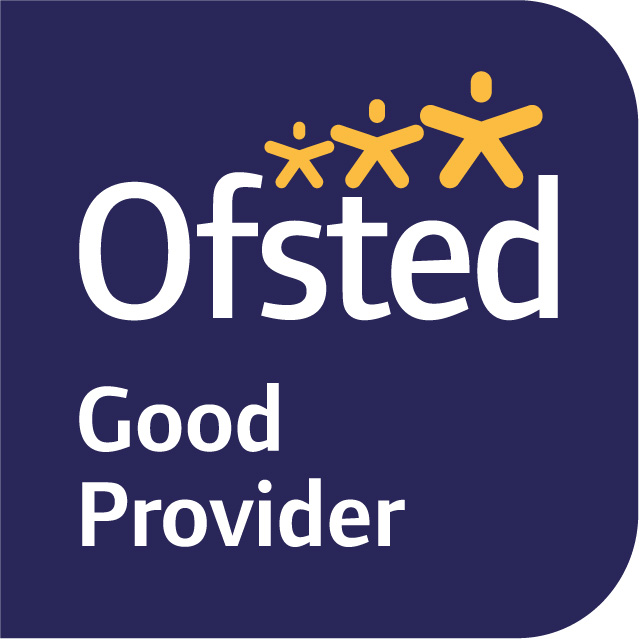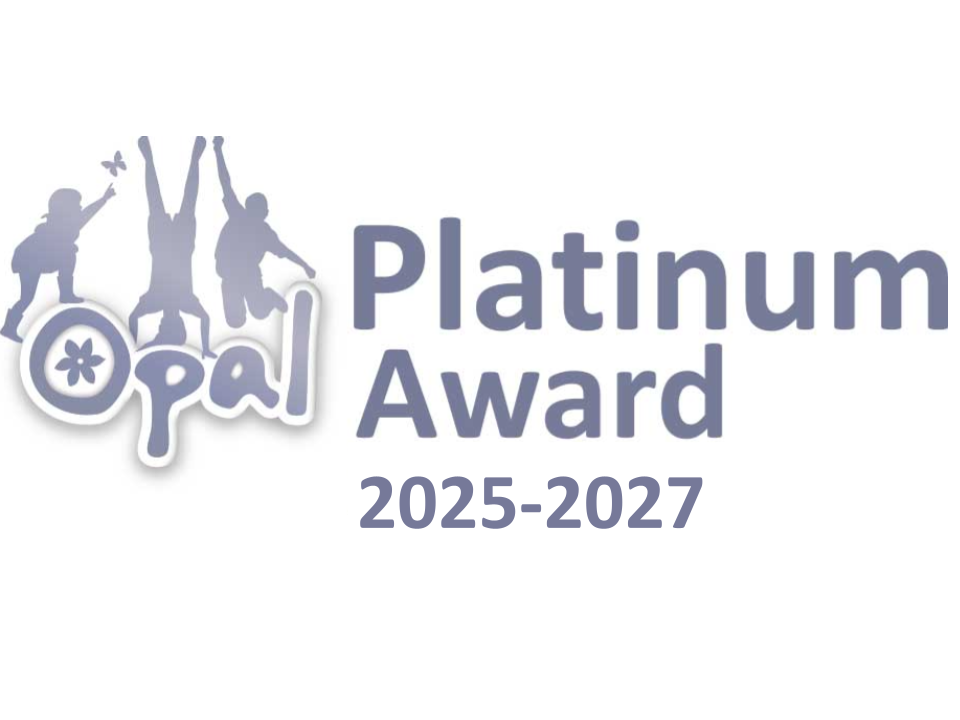Activity Ideas Summer B
13th July 2020
Literacy: Superworm
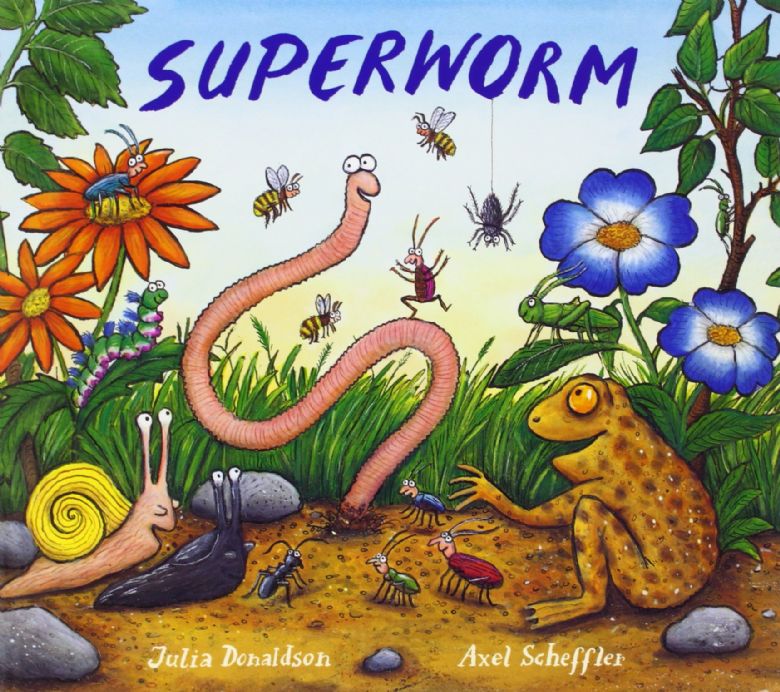
Read this book at home, if you have it, or listen to it using the link below
https://www.youtube.com/watch?v=7Jnk3XApKBg
-
Have a think about all the different things that Superworm can be for his friends. Can you remember four different things and write them down and/or draw them? (hint: a belt, a hat, a lasso, a fairground ride … what others can you remember?)
-
Using the resources provided (story map with images from book and Word document with condensed version), can you have a go at writing or drawing your own story map of the story of Superworm? What are the most important things that happen in the story? In what order do they happen? Who are the important characters in the story?
-
Can you write a letter from the Wizard Lizard to Superworm, saying ‘sorry’ for the way that he treated Superworm?
-
If you were to make up a minibeast that had super powers, who or what would you invent? Perhaps a spider that could fly? A ladybird who could save the world (how?!).
Maths
Investigating length - can you make lots of different lengths of playdough or plasticine? Can you put them in order from the shortest to the longest? How long do you think Superworm would be? See if you can add all the pieces together to make one long worm. We have attached a playdough mat resource to help you with this, if you would like to use it.
How long can you make a single sheet of A4 paper? You’ll need scissors to cut it into strips and attach the strips together with tape or glue. How long can you make it? How could you have made it even longer?
Phonics- oa
Make a telescope and pretend to go on a boat ride - using cushions / a blanket or chalk a boat shape on the floor. How many ‘oa’ words can you see through your telescope? Write the following words on post it notes/bits of paper and stick around the room /chalk on the floor - boat, goat, coat, soap, oak, loaf, soak, oats, foal, load, coach, toast, roast and get searching!
Play - roll and write ‘oa’ words.
Physical Development
The bird and the worm (Sun salutation) Kids Yoga - https://m.youtube.com/watch?v=WyunKjwshDE
Creative
Print a worm.
Can you find wiggly things to make worm prints with? Perhaps some pieces of string? Or cooked spaghetti? Brush on some paint and press onto paper to make wiggly worm shapes.
Understanding the World
-
Look for worms in your garden or on a walk
-
Make a wormery - layer up sand and mud in an old jar/yoghurt pot/bottle and add some worms. Cover with dark paper and wait. After a few days remove your dark paper sleeve and you should be able to see the tunnels where the worms have been working.
How to make a wormery
-
Collect some worms from the garden. Look in the compost heap, under stones in damp places or dig a hole.
-
Cut the top ¼ off the bottle, to make a lid. Make a slit in the side of the lid so that the top can close over the bottom part.
-
Fill the bottle with alternating layers of sand, soil, sand, compost, sand etc. Spray each layer with water so that it is damp.
-
Add a few worms to the top of the bottle and watch them burrow down. Then add the ‘food’ to the top. Wash hands well after handling worms and compost.
-
Wrap the black cardboard around the bottle to make it dark. Worms do not like light and it will encourage them to burrow around the outside of the bottle so they can be observed.
-
Place the wormery in a warm place. Remove the cardboard for observation periods and record findings. Check that the contents are damp and that there is food available for the worms.
-
After 1 week, release the worms back into the garden.
Find out some facts about worms by watching the link below:
https://www.youtube.com/watch?v=9ZHTerOJYMA
(The Amazing World Of Earthworms In The UK - Springwatch - BBC Two)
6th July 2020.
This week we are learning some minibeast poems and songs like the one below.
You could also do an Acrostic poem. What describing words can you find?
B
E
E
W
O
R
M
Phonics
Have a go at making a bingo board - using a piece of paper - fold into 9 squares. Choose 9 words to write in each square. You could either ask an adult to call out a word or make your own word cards to turn over (Or use the bingo boards on the website) Don’t forgot to shout BINGO when you get all 9 words!
Creative Development
Minibeasts in art - Look at the artwork of illustrator Eric Carle (either below/online or if you have any of his books)
He uses a process called collage. He makes textured paintings of colour and patterns, cuts into shapes when dry and arranges into shape of minibeast and glues flat.
https://www.youtube.com/watch?v=2XcVmNt-vEw&t=300s
Painting around shadows -
Using a piece of paper and different objects - paint/draw and colour the animal shadows - look at the shadows throughout the day - do they change? Why?
Minibeast construction -
https://classroom.thenational.academy/lessons/construct-a-minibeast - where the children make a minibeast out of any objects you have available - junk/lego etc/construction toys
Maths
Halving - watch a lesson on halving
- https://classroom.thenational.academy/lessons/finding-half-of-numbers-to-20
Addition -
Have a go at beanbag adding sums draw chalk numbers on the floor and model throwing 2 bags onto the numbers. They then have to add the numbers together and write a number sentence on a white board. - can they tell you what half of the answer is?
The World.
Watch the minibeast habitat presentation and have a go at matching the minibeast to the correct habitat.
Perhaps you could make a habitat for a creature. You could either make a minibeast /any animal out of clay or play dough / pipe cleaners or take a toy from your room outside if you can and build a habitat for it.
Using the twigs,leaves etc they FIND ON THE FLOOR (remember the No pick No lick rule) - how will you decide to make it/what will you use/what do you need to consider? We would love to see a photo!
PSHE
- This is a difficult time for everyone right now. Why not learn some calming techniques here - https://classroom.thenational.academy/lessons/feelings
29th June 2020.
Literacy
- Can you write about something that you have enjoyed whilst being in Reception.
- Write about what are you looking forward to when you are in Year 1?
- Make a poster about a day out or about a holiday you have really enjoyed.
- Write a letter to your new teacher telling them about yourself and your like and dislikes.
- Write a book review about a minibeast or one of your favourite stories.
‘Follow the word path’ reading game.
Make a trail of cards with words that your child has just learned and turn them into a game. Let’s see who can get the furthest with spelling out all the words correctly!
If you are stuck for some words to use, try these high frequency and ‘common exception’ (tricky) words: then, the, too, so, my, he, me, she, that, this, to, by, down, up, help, now.
To mix this activity up, you can use dice or get your child to jump from one step to another on one leg to work on their gross motor skills and balance.
What you need –Colourful card or paper, pens, dice.
Maths
- Can you practise telling the time to the hour eg: 1 o'clock.
-
Do you have some dominoes? Have a go at sorting through them all and finding the doubles. If you have a double 4, what does that make? Encourage your child to try and ‘hold’ the 4 in their head and then add the additional 4. Encourage your child to use full sentences to state their findings: “Double four is eight”.
-
We have attached some ‘Double Domino’ worksheets. On the first worksheet, add objects to each side of the domino to make them equal and count how many objects there are all together. On the second worksheet, have a go at making your own double dominoes.
-
'The Hungry Caterpillar' number ordering sheet. Cut out the numbers and put them in order.
-
'The Hungry Caterpillar' number sequencing.
Creative Development.
- Make your own puppets for 'The Hungry Caterpillar' story.
- Collage or paint the caterpillar from the story.
- Make Pipe cleaner or playdough minibeasts.
22nd June 2020.
Literacy
-
Read a book and then see which phonics codes you can find in the book- can you find any ee, ai, er, ea, oo codes? Can you write any words that match the codes?
-
Make a bingo board and play bingo - either with digraphs, keywords, shapes, or minibeast names.
-
Listen to a story. Can you retell the story to a family member? Can you answer these questions?
-
Who is your favourite character and why?
-
Is there anything you would change about this story?
-
Do you like the book?
-
What do you like about it?
-
What was the first thing that happened in the story?
Maths
-
SNAIL RACE - Make some snails using playdoh/plasticine/junk modelling or even draw them. Using a dice and a simple home made race board take it turns to roll - who will be the 1st one over the finish line?
-
Draw a simple race board with start and finish and watch them go! Who will be 1st, 2nd or 3rd - can you make some medals for them using ordinal numbers?
Make a counting in 2/5/10s caterpillar
-
Play caterpillar ordering/sequencing game - https://www.topmarks.co.uk/ordering-and-sequencing/caterpillar-ordering
UTW
-
Watch - https://www.youtube.com/watch?v=LSp_meUwug4 - to find some interesting facts about minibeasts
-
https://www.woodlandtrust.org.uk/blog/2019/05/minibeast-facts/
-
Look for minibeasts in this fun game - http://resources.hwb.wales.gov.uk/VTC/minbeasts/eng/Introduction/MainSessionPart1.htm
-
Create your own minibeast here - http://resources.hwb.wales.gov.uk/VTC/minbeasts/eng/Introduction/InterActiveWhiteBoardActivity.htm
-
Physical development
TRY THE BUTTERFLY ‘YOGA’ POSE
- Sit somewhere peaceful with a straight back and your feet stretched out in front of you
-
Bend your knees and bring your feet in towards you, so that the soles lie flat against each other
-
Take a deep, slow breath, counting to ten
-
As you breathe out, try to gently lower your knees slightly towards the ground
-
As you inhale, bring your knees up slowly again
-
Repeat this process, slowly moving your knees up and down, as if they were flapping like the wings of a butterfly
-
Creative Development
-
Can you paint or draw a picture of minibeast?
-
Build a Butterfly Feeder.
15th June 2020
Maths:
- Make a shop at home with price labels. You can sell anything you like! Food, clothes, kitchen equipment, toys - or a mixture! Lay them out nicely on a table top, a rug or a spread out blanket. Make sure every item has a price label. If you have some play money you could use this or you could make your own play money by cutting out circles out of cardboard and writing their value on each one. Now ask someone in your family to be the customer and come and buy some things from your shop. How much do they spend all together?
-
Make big shapes with materials, chalk, sticks or foam. Or you might be able to find some other interesting materials around your house or on your walk.
Understanding the World/Communication and Language:
-
Learn facts about Insects and minibeasts: read an information book or a child-friendly page on the internet about a minibeast. Talk about what you see and what you have learned and use the information to complete the Tapestry challenge.
-
Have a Mini beast quiz with your family, give them clues and see if they can guess the minibeast! For example; it has 8 legs, it begins with the code ‘s’. It can be big or small….A spider!
-
Make a bird feeder. Watch this video. https://www.youtube.com/watch?v=_AtclnI5ABg.
Literacy:
-
Make a sound booklet using some of the new phonemes that you have recently learned. Can you include any ar, ng, th, nk, sh words?
-
Make a booklet using some tricky words: put, my, the, all, her, they, are.
8th June 2020
Maths
Reinforce the concept of doubling: Make some mini beasts out of plasticine, playdough or even blu-tac. You can use cut up straws, pieces of pipe cleaner or little sticks gathered from outdoors to make the minibeast legs. Double 3 for a ladybird, double 4 for a spider, double a chosen number for a centipede.
Understanding the World
- Have a discussion about seasons- What season are we in? Compare the seasons. How the trees and gardens look different in each season, how is the weather different?
-Write about the seasons eg.” I can see a lot of pink and red flowers.” “I can see some birds and they are flying / sitting on a branch / looking for worms,” “I can see a red ladybird.
- Go on a summer walk- talk about what you see. When you get home, you can talk about your walk: “First we went past the …. And we saw a ….. Then we walked down the….” and so on.
- Collect collage materials on your summer walk to make a collage minibeast or insect of your choice. You could use sticks, twigs, leaves and grass that you have collected from outdoors, or you might have some good craft materials of your own, indoors.
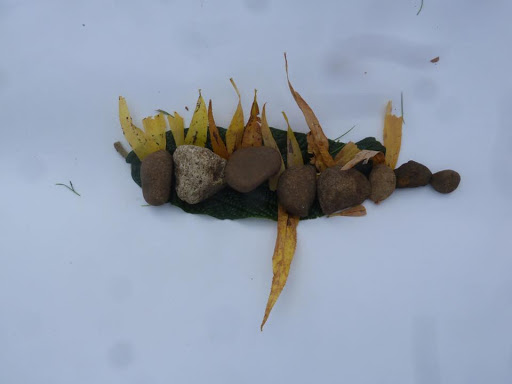
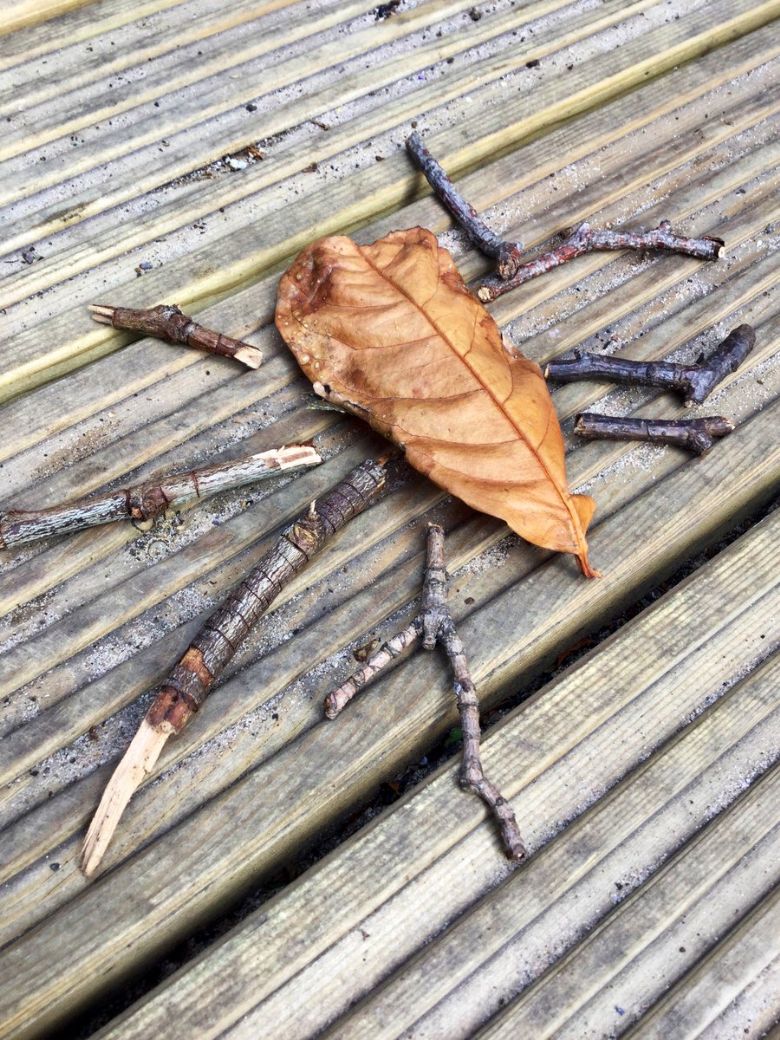
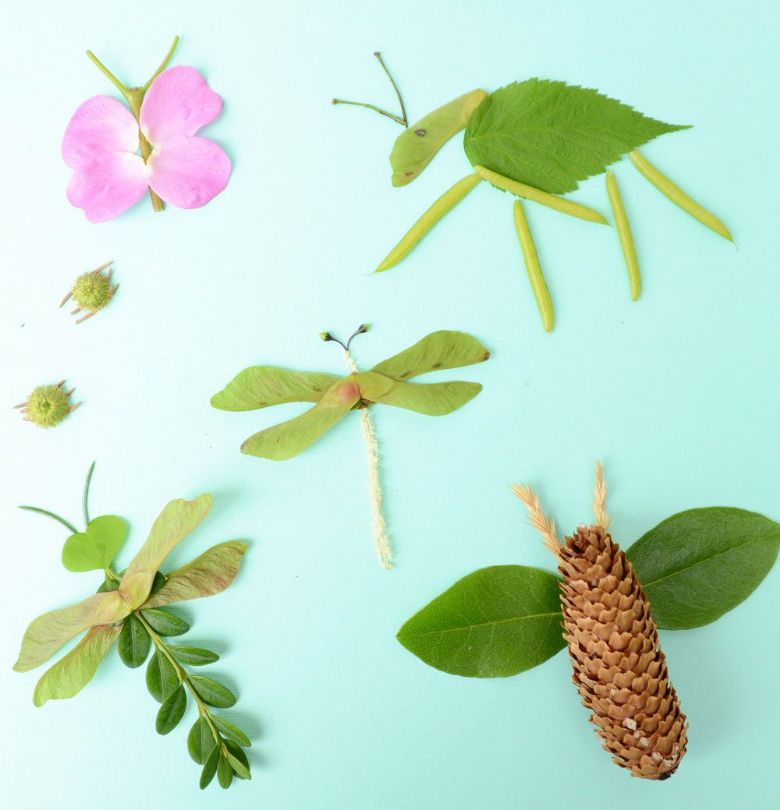
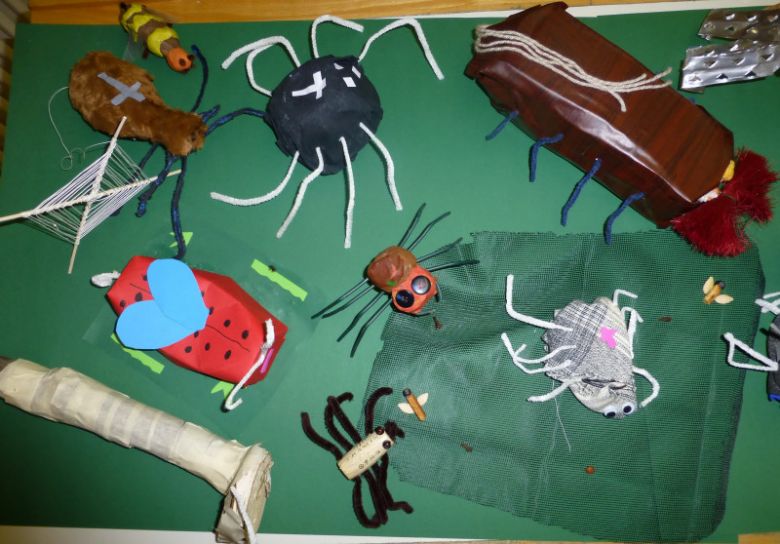
-Make a bug hotel!
Physical Development
Den building - what can you find to build a cosy den? Cushions, bed sheets, a clothes airer?
You could make a den outdoors if the weather is good. See if you can make a cosy den to sit and read in- you could complete your Tapestry reading challenge in your den! Could you do some minibeast spotting from your den? You could have a snack or a drink in your den!
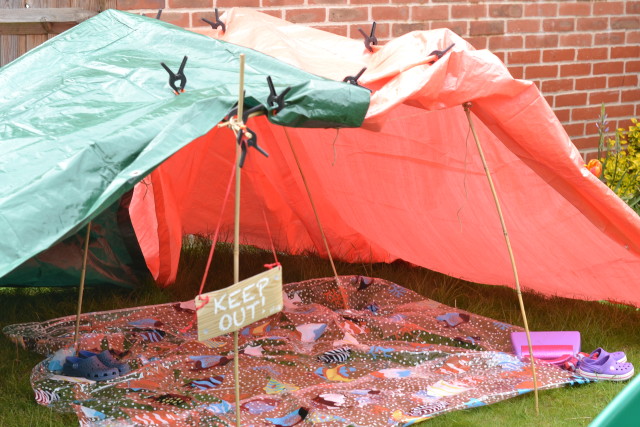
Don't forget to look in the 'website links' tab for some short information clips about minibeasts!
1st June 2020
Welcome to Summer B!
This half term, our topic is MINIBEASTS! Get ready to start spotting all sorts of insects and bugs - it’s the perfect time of the year for this.
We would love you to look at this link on YouTube and start to learn this song. It is all about different kinds of minibeasts - what kind of minibeast would YOU like to be?!
https://www.youtube.com/watch?v=-eajwaH0_2c
Perhaps you can start to make up some actions to go with the song! When you get really good at it, ask an adult to film you performing the song and post it on to Tapestry. We would love to hear you singing!
Can you start to make a minibeast fact file or a poster of your favourite minibeast?
Start off by going on a ‘Minibeast Hunt’ and see what you can find!
Look in your garden or on your daily walk. Do you have books at home that have minibeasts in them?
This can be a project that you spend the next few weeks on: we would love to see some super drawings with labels of what the minibeasts are called, and any information that you might find or know.
For example: What are they called? How many legs do they have? What colour are they? Do they fly, crawl or swim?
Maths
Roll 2 dice - can you roll a double? What number does that add up to altogether. Write down your findings.
Physical Development/ Finger Gym
Wash some clothes belonging to a doll, a teddy or some little things from your house washing - socks, tea towels, small T-shirts. Put them in a bowl of soapy water, give them a good wash, squeeze, rub. Then rinse them in some fresh water to get all the soap out. Make sure that you swish them in the water then squeeze them hard to get the water out of the clean clothes. Now hang up the clothes that you have washed - if it is a sunny day, you can do this outside. How many clothes have you washed? Can you count them? Can you name each item of clothing?

